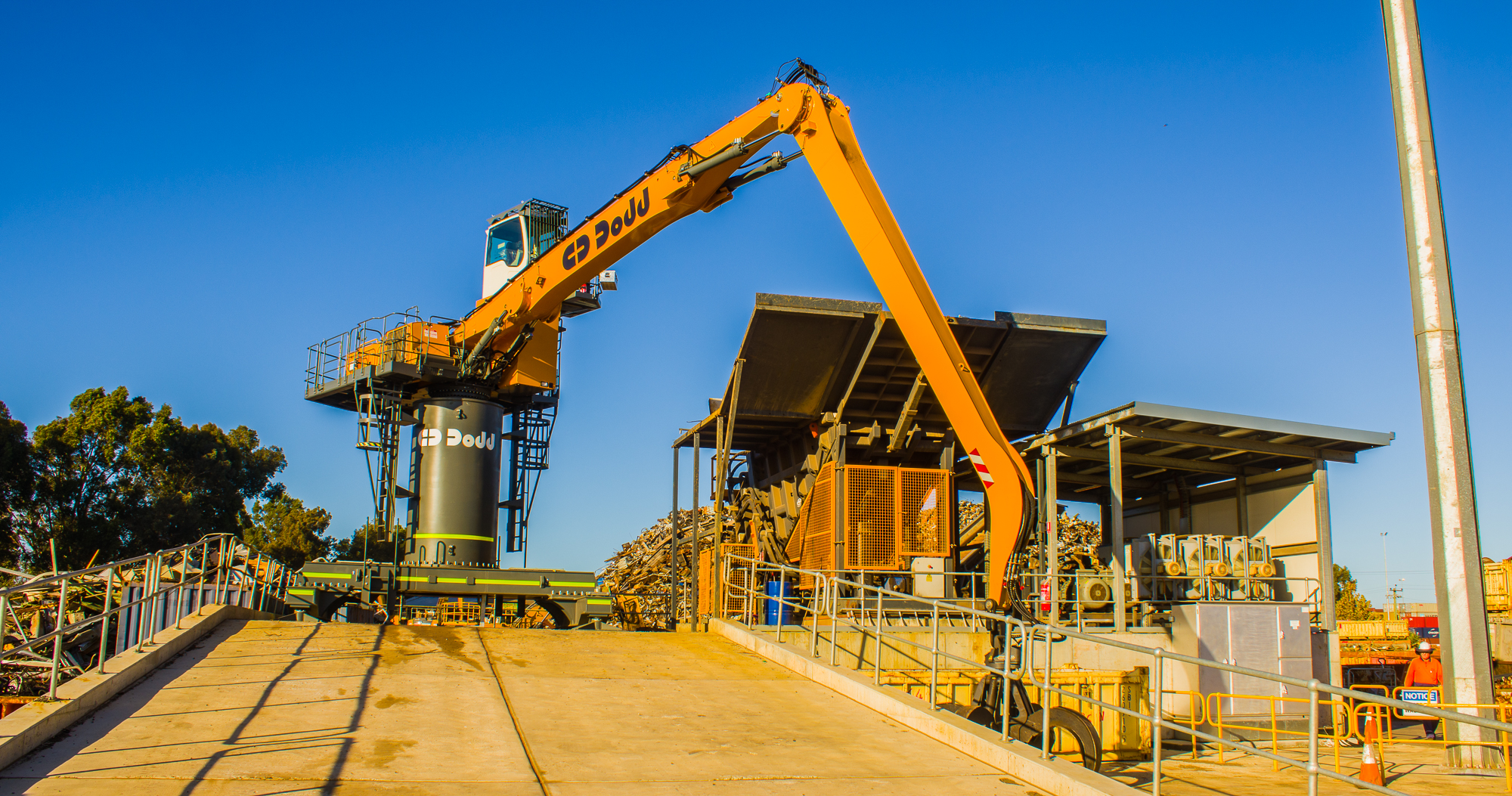Mine Site Recycling
Mining operations are widespread across Australia due to its rich natural resources. These operations can have significant environmental impacts. Recycling plays an important role in reducing the waste produced by mining. By doing so, it not only helps lessen the environmental effects of mining but also promotes sustainability. Recognising the value of recycling is crucial, as it contributes to the ongoing protection and preservation of our environment.
The Mining Life Cycle
One needs to be familiar with the mining industry’s life cycle to grasp its intricacies. From the initial stages of exploration to the eventual post-closure phase. Every stage of this process has specific activities and each produces varying amounts of waste. This waste is based on the mine’s output and an outcome of the mining activities over its lifespan. Recognising these nuances is crucial as it emphasises the importance and potential of implementing recycling strategies to minimise waste throughout the operation.
Traditional Recycling Efforts in Mining
Historically, mine site recycling efforts have centred on recovering metals, reusing water, and repairing machinery. These activities are guided by strict regulations, which both encourage and monitor sustainable practices. The combination of these regulations and the industry’s needs has shaped the standard recycling methods used today. The evolving level of environmental awareness in Australia has played a role in refining these practices.
The Overlooked Recyclables
Beyond usual mine site recycling, there are often missed materials in mining. Slags, tailings, drill cores, and cuttings from mining processes can all be recycled. Additionally, mine water can be used in local agriculture and aquaculture, benefiting both the industry and environment. These overlooked resources underscore the vast potential for a more sustainable mining sector.
Innovative Methods and Technology in Recycling
New equipment and techniques are improving recycling in mining. These changes increase efficiency and open up new ways to reuse materials. Several mining companies have set good examples with their sustainable practices, shown in various case studies. As technology continues to evolve, so too will the methods and efficiencies in recycling within this industry.
Economic Benefits of Recycling in Mining
Recycling in mining has two main financial benefits: reducing waste disposal costs and earning revenue from selling recycled materials. These benefits encourage the industry to adopt more environmentally friendly methods. It’s a win-win situation, promoting both economic growth and environmental responsibility.
Challenges to Recycling in the Mining Industry
Despite advancements, there are still challenges in mining recycling. There’s a need for ongoing research to overcome technical barriers and ensure safe recycling practices. Potential contaminants are a major concern that need careful handling. Collaboration between industry experts and environmentalists can pave the way for safer and more effective solutions.
